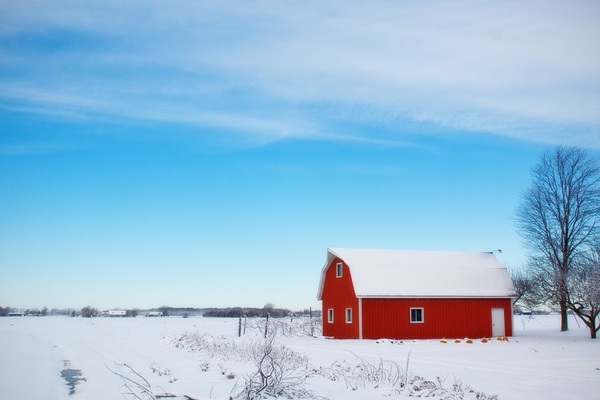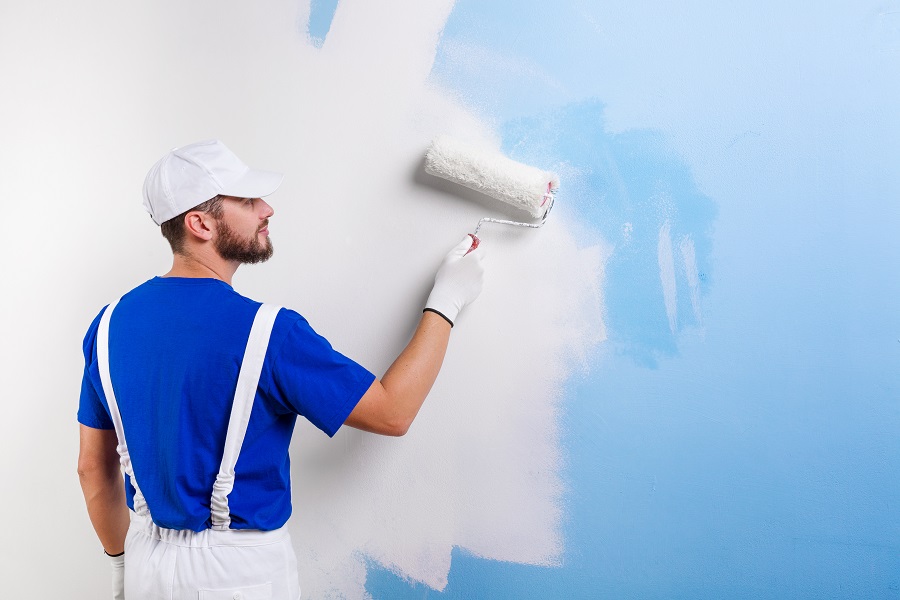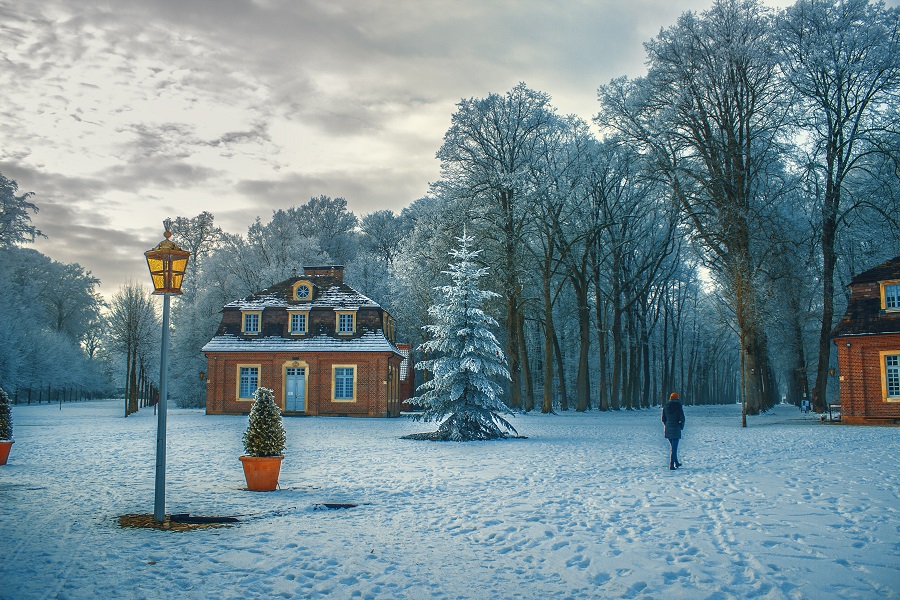Essential House Painting Tips During Winter

Painting can be a challenging task and is typically best approached in the warmer seasons. Painting in winter, when it’s freezing cold, and conditions are poor, makes the process even harder.
Though painting in winter may not be ideal, it’s not impossible; you have to be a little cautious. Here are some tips you’ll need to consider if you’ve decided to paint during the colder months.
Know the impact that temperature will have on your paint

The best way to prepare to paint in cold weather is to know how the drop in temperature will affect the paint’s application. Getting your head around the drying patterns and characteristics of your paint can give you an upper hand over the extreme weather. For instance, paints with a base of natural oils and resins (alkyd paints) become more viscous at lower temperatures; this makes it necessary for thinners to be used more liberally. On the contrary, latex paints freeze at low temperatures because of their slower evaporation rates, so they require special additives which work against thawing.
Carefully consider the time required for re-coating
Applying several coats is essential for a perfect paint job. Different types of paint usually have different drying times, but a drop in temperature affects them all; you’ll need more time for the paint to dry. At room-temperature (which is around 24 degree centigrade), regular latex paint will need about 4 hours before it’s ready for another coat. If the temperature drops below 10 degree centigrade, however, the drying time extends to 6 hours. Drying times continue to extend as the temperatures drop, so keeping in mind the extended time required and planning accordingly will be a good idea.
Used the right paints and painting tools

Painting manufacturing companies have come a long way in a recent year, and we now have access to paints which perform well in a cold environment. These products are low temperature compatible and make working under cold water much easier. It’s best to use a specialised paint which reduces your workload if you decide to work in the cold.
Additionally, make sure the tools required for the challenging temperature are available to you. Colder temperature means thicker paints, so use rollers and brushes designed to handle thicker paint. Stiff nylon and polyester made brusher work better in these types of conditions. If you can get your hands an infrared thermometer, that will be your best friend in cold conditions. Both the temperature of the surface you’re applying paint to and the air surrounding it are equally important, and a device like that can be a lot of help in colder conditions.
Make sure the paint is usable
Though it may seem obvious, this is a point which is too rarely considered; everything has an expiry date. If a latex paint has gone through several freeze/thaw cycles, be sure to check if it’s usable or not. If the latex paint is old and full of lumps, discard it. Latex paints can sustain only a few freeze/thawing cycles.
Get into harmony with mother nature

You can’t control mother nature, so it’s best to try and work with her. Check the weather before you begin your work, and look for the stretch of a few days when the sun will be out, and it’ll be a bit warmer. You’ll need a few days straight where the temperature doesn’t drop below the minimum limit for your paint. You need to calculate your drying times as well and schedule your painting in a way that you have sunshine on your side when you’re painting. Also, try to paint between 10 am and 2 pm, as this is typically the warmest part of the day.
While it’s clear that painting in cold weather is never ideal, you can still achieve a good result; it just takes a little more care and effort. But if you’ve missed the window of the warmer days, don’t panic; you can do your paint job in cold weather too! To get the job done properly, so you can contact us.

